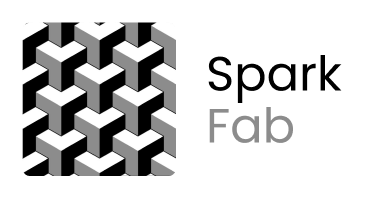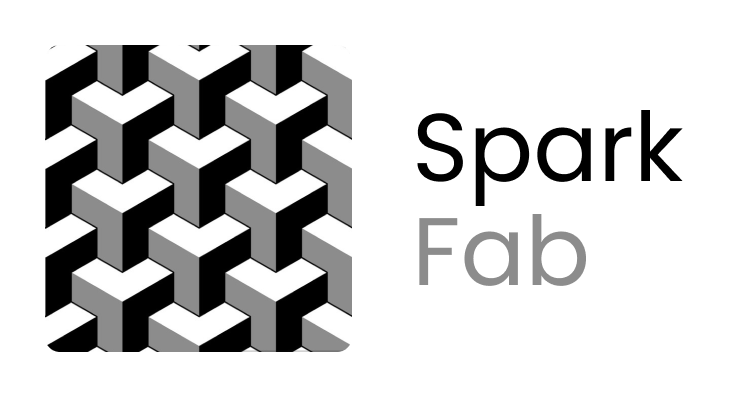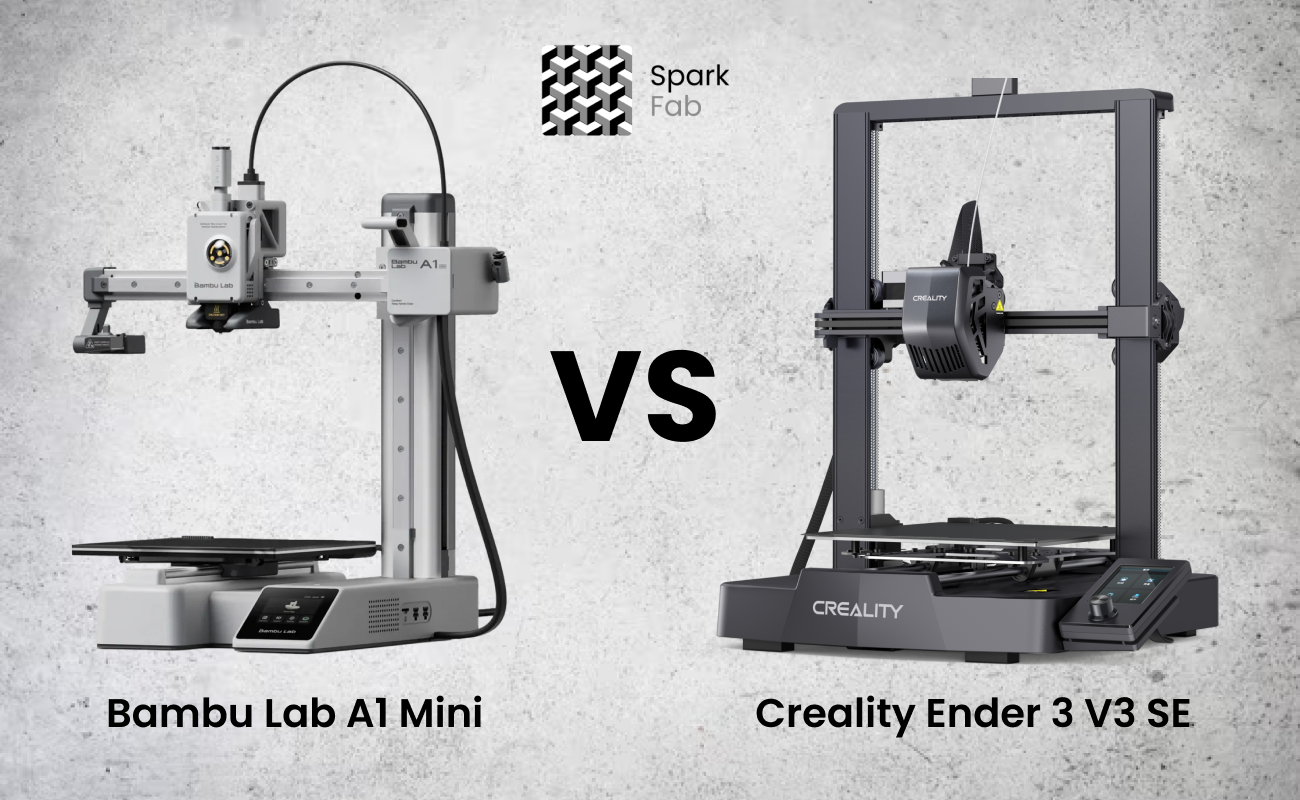
Blog
3D Printing Prototypes for Faster Product Development
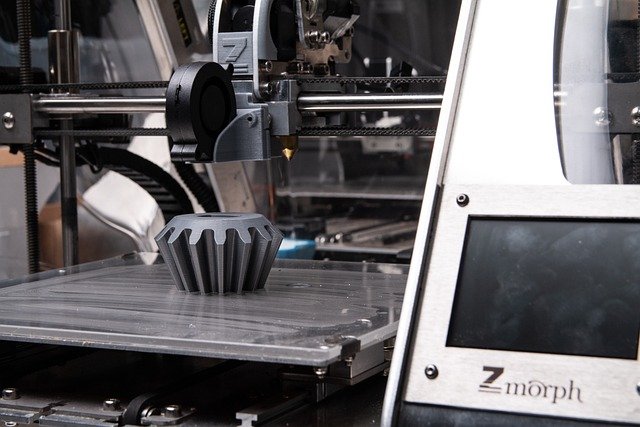
Ever wondered how tech giants bring fresh products to market faster than you can say “innovation”?
In today’s fast-paced market, 3D printing prototypes are transforming the way businesses approach product development. By using additive manufacturing to build test models swiftly and affordably, companies can optimize designs, reduce costs, and launch new products faster than ever before.
Blazing-Fast Turnaround: From Concept to Reality in Hours
Imagine designing a new smartwatch casing in your CAD software tonight and holding a physical prototype in your hands tomorrow morning. It’s not science fiction—3D printing makes it possible.
- NASA’s Example:
NASA has famously used 3D printing to produce rocket engine parts in a matter of days rather than months. This rapid production cycle allows them to test multiple designs quickly, accelerating the journey to space exploration breakthroughs. - Automotive Rapid Iteration:
Companies like Ford rely on 3D printing to produce prototypes of engine components or dashboard designs overnight. Engineers can then refine and retest multiple times in a fraction of the usual time.
Why it Matters: Quick turnaround translates to faster feedback loops, enabling you to spot design flaws early and launch products before your competitors even finish their initial sketches.
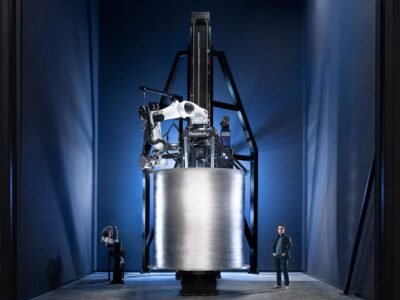
Rocket body being 3D printed in Relativity’s facility
Relativity Space serves as an impressive example of how 3D printing can level the playing field in an industry traditionally dominated by massive corporations. Rather than relying on conventional manufacturing methods, Relativity Space is developing rockets by 3D printing up to 95% of their components—everything from engine parts to entire rocket fuselages.
By automating the production process and reducing the need for extensive tooling, they’re dramatically cutting both the time and cost it takes to design, build, and launch rockets. This approach enables Relativity Space to move more swiftly than many established aerospace giants, proving that agility and innovation can be just as valuable as size when it comes to shaping the future of spaceflight.
Cost Savings That Go the Extra Mile
Think about the traditional methods of manufacturing a prototype—molds, tooling, labor, and setup costs can add up fast. 3D printing flips this script.
- Lower Startup Costs: No need to spend a fortune on molds or specialized machines. You can invest in a 3D printer that suits your project scale or outsource to a 3D printing service.
- Less Material Waste: Traditional machining cuts away material from a solid block, but 3D printers build only what you need layer by layer. That means lower material costs and reduced environmental impact.
- Affordable Small Batches: If you only need a handful of prototypes (or even just one), 3D printing remains cost-effective.
Real-World Insight: Startups in the medical device sector often rely on 3D printing to develop prototypes of surgical tools or implants at a fraction of the cost of traditional manufacturing. This cost reduction can be the difference between a groundbreaking product hitting the market or getting stuck in the concept phase due to budget constraints.

Small number of steps between CAD & printed part
Unlimited Design Freedom and Customization (Almost)
Ever heard the phrase “If you can imagine it, you can print it”? That’s the beauty of 3D printing prototypes
- Complex Geometries:
From intricate lattice structures to organic shapes that mimic nature, 3D printing enables designs often impossible with traditional methods. For instance, aerospace engineers can create lighter airplane components while maintaining (or even increasing) structural strength. - Personalized Products:
Did you know that over 90% of the world’s hearing aids are now 3D printed? Each device can be custom-fitted to the patient’s ear canal, proving that personalization at scale is not just a fantasy. - Creative Collaboration:
Designers can modify CAD files on the fly, reprint 3D printing prototypes quickly, and test new concepts without major production delays.
Pro Tip: Customization is a big selling point. If you’re designing consumer goods, from jewelry to footwear, adding a personal touch can set you apart in a crowded marketplace.
Iteration and Testing: Fail Fast, Succeed Faster
Rapid prototyping isn’t about avoiding failure—it’s about failing intelligently and learning quickly.
“Fail early, fail often, but always fail forward.” – John C. Maxwell
- Multiple Versions on Demand:
3D printing makes it easy to produce different versions of the same design. Test them all, pick the winner, and revise as needed. - Instant Feedback:
Physical models offer insights you just can’t get from computer simulations alone. Holding the prototype in your hand helps designers and stakeholders identify overlooked flaws and fine-tune ergonomics or aesthetics. - Reduced Risk:
By catching design flaws early, you avoid the expensive ordeal of scrapping large production runs down the line.
Fun Fact: Sportswear giant Adidas has experimented with 3D-printed midsoles that they can tweak during testing phases. This agility helps them fine-tune cushioning and support, bringing the final product to market faster.
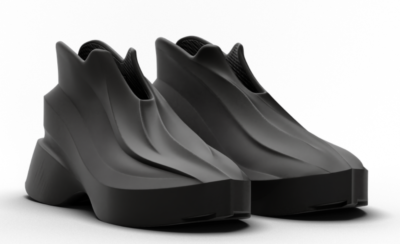
Zellerfeld produces fully 3D printed shoes and can change their designs in an instant
The Collaborative Spark
Picture an office brainstorming session where everyone huddles around a digital screen. Now imagine the same meeting, but instead of staring at a flat monitor, you’re passing around a 3D-printed prototype of your latest gadget. Which scenario sparks more creativity?
- Tangible Feedback:
A real-life model can unveil design improvements you might never notice on a 2D screen. Everyone, from engineers to marketers, can provide more informed feedback. - Simplified Approvals:
Decision-makers are more likely to green-light projects when they see a prototype that feels and looks like the real deal. - Cross-Functional Fusion:
3D-printed prototypes become a conversation starter, bridging the gap between different departments like R&D, marketing, and sales.
Example in Action: Consumer electronics firms often 3D print new smartphone cases or laptop shells to share with design teams, executives, and focus groups. This multi-faceted input leads to products that align better with market demands.
Going Green: The Sustainable Side of 3D Printing
In an era where consumers and companies alike care about sustainability, 3D printing prototypes offers a greener alternative to traditional manufacturing.
- Reduced Waste:
- By building up layers only where needed, 3D printing slashes material waste.
- Recyclable Materials:
- Many 3D printing filaments are made from recyclable plastics like PLA (polylactic acid), which has a lower carbon footprint compared to other plastics.
- Localized Production:
- Need a prototype? Print it in-house. Fewer shipping and logistics steps mean lower emissions.
Real-World Example: Some furniture designers now use 3D-printed parts made from recycled plastics, demonstrating that sustainability doesn’t have to compromise style or functionality.

Learn more about the sustainability of 3D printing here
Conclusion: Embrace 3D printing prototypes
From NASA’s rocket parts to hearing aids and custom athletic shoes, 3D printing prototypes have proven their worth across industries—and they’re not slowing down anytime soon. If you’re aiming to reduce costs, iterate faster, and wow stakeholders with tangible prototypes, 3D printing might just be your secret weapon.
Ready to take your product development to the next level?
Reach out to us today and discover how our 3D printing services can help you innovate, prototype, and bring your wildest ideas to life—almost faster than you can say “launch!”
